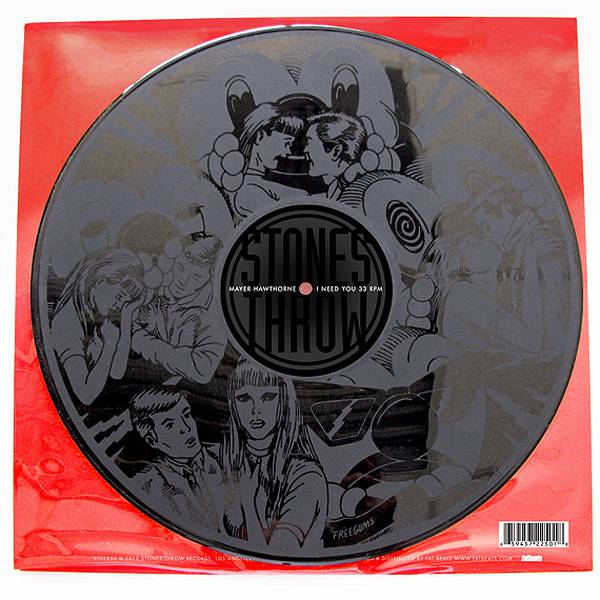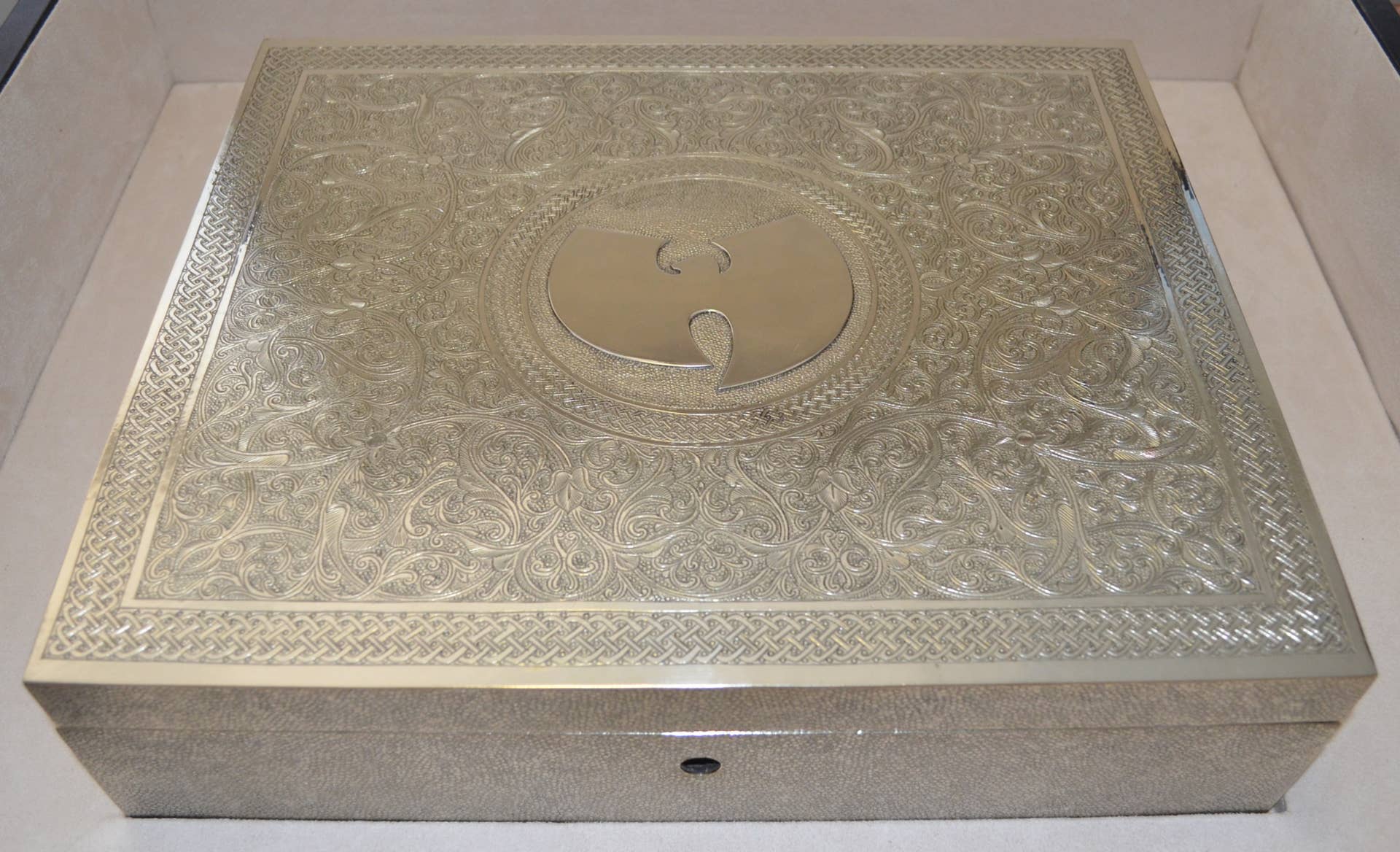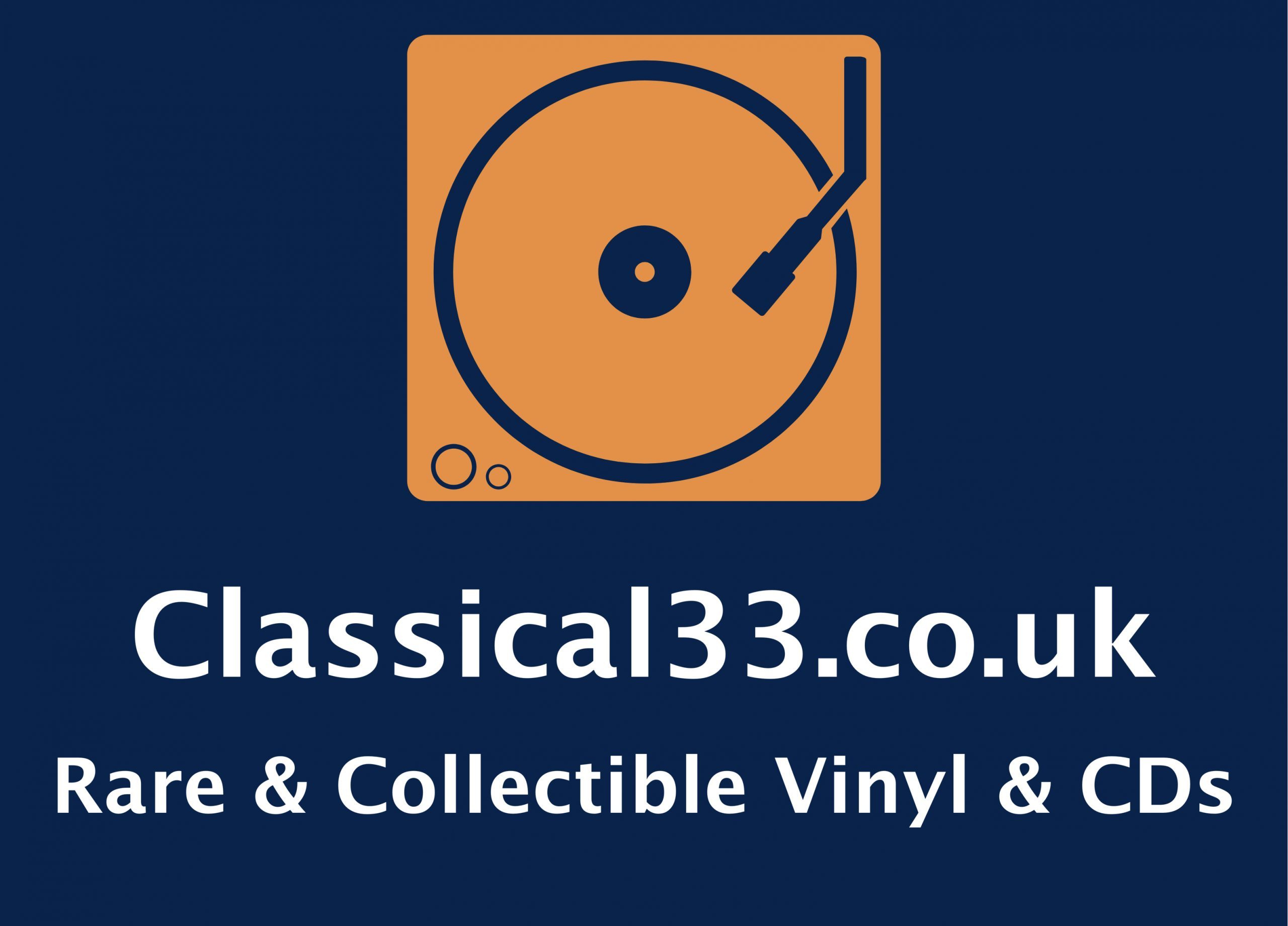
Now much like the Vinyl Record Language we’ve talked about Vinyl also has some weird customs and facts surrounding it. Just like the people who created the music Vinyl itself is also swimming in uniqueness and quirky features. We’ve pulled together below some of Vinyls eccentricities to leave your beguiled, fascinated and perhaps even a little weirded out by the endlessly interesting world of Vinyl Records. Enjoy!
- Secret Messages: Some vinyl records, particularly in the 1970s and 1980s, contained hidden messages etched into the run-out groove area. These messages were often jokes or hidden easter eggs for dedicated listeners.
Great Example of Vinyl Record Secret Message on This Pink Floyd LPPink Floyd 'Empty Spaces' Secret Message on Vinyl - Locked Grooves: Some albums, like The Beatles’ “Sgt. Pepper’s Lonely Hearts Club Band,” featured locked grooves at the end of a side. When the needle reached this point, it would keep playing the same loop until manually lifted, creating a continuous and sometimes eerie sound.
Locked Groove Example From The Beatles’ “Sgt. Pepper’s Lonely Hearts Club Band,”The Beatles Sgt Pepper Inner Groove 3 Different Editions - Coloured Vinyl: While most vinyl records are black, there are numerous coloured vinyl variations, including transparent, splatter, marble, and even glow-in-the-dark versions. These variations are often sought after by collectors.
A Nice Example in this video of Coloured VinylNegative Scanner Nose Picker TV On Green Vinyl Record Play - Double Groove Records: Some experimental records, like Monty Python’s “Matching Tie and Handkerchief,” had two parallel grooves on one side, resulting in different audio tracks depending on where the needle was placed, providing a surprise listening experience.
Double Groove Record Example From Tool-OpiateTool-opiate Lp double groove hidden track - Holograms: In the 1970s, a few records featured holograms on their surfaces, creating a unique visual effect when the record rotated on the turntable.
Hologram Record Example Star Wars The Force Awakens LPQuick look at the hologram on the Star Wars vinyl lp - Etched Records: Some vinyl records have elaborate etchings on the non-playing side, turning them into miniature works of art. Bands like Tool have employed this technique for their albums.

- Liquid-Filled Records: In the 1970s, promotional records with liquid-filled grooves were created. These records typically contained small amounts of colourful liquid that would move around as the record played, creating a mesmerising visual effect.
Example of a Liquid Filler Record – Year Of October (Trouble Comes)Red Wizard - Ogami 7" Liquid Filled Vinyl "Blood of a Warrior" Variant - 78 RPM Records: Before the standard 33 1/3 and 45 RPM records, there were 78 RPM records. These early discs were typically made from shellac and were much more brittle than modern vinyl records.
Example of a 78 RPM Record – The Beatles (I Saw Her Standing Their) Indian IssueThe Beatles: I Saw Her Standing There - Indian issue 78rpm - Flexi-Discs: Flexi-discs were ultra-thin, flexible vinyl records often included as promotional items in magazines. They were cheap to produce and offered a brief musical experience. The Beatles and Elvis Presley are among the artists who released flexi-discs.
Example of Flexi-Disc – Billie Eilish (Everything I Wanted)Billie Eilish - Everything I Wanted (2020) [Flexible Vinyl Sheet Video] - Picture Discs: Picture discs have images or artwork printed directly onto the vinyl surface, making them visually striking but sometimes sacrificing audio quality due to the added thickness.
Example of a Picture Disc and How There Made From Ensiferum (Two Paths)Picture Disc Vinyl - Ensiferum - Two Paths [Pallas Group] - Quadrasonic Records: In the 1970s, there was an attempt to introduce quadrasonic sound by encoding audio on vinyl records with four separate channels. However, the format didn’t gain widespread popularity and was short-lived.
Example of a Quadrasonic Record From Pink Floyd (Dark Side Of The Moon)Pink Floyd – Time *1973* /// *vinyl* *quadraphonic* - Odd Sizes: While 7-inch and 12-inch records are common, there are many obscure vinyl sizes, including 10-inch, 16-inch, and even 5-inch records. These formats were often used for special purposes or niche markets.
A Whopping 20 Inch Example Record From a 1905 PathéA 1905 Pathé 20 inch record 120rpm on a Timestep RA turntable - Records Made from Unusual Materials: Some experimental artists have released vinyl records made from unconventional materials like wood, chocolate, and even ice. These records often had limited playability and were more about artistic expression than practicality.
An Amazing Ice Record From Shout Out Loud’s – Blue IceShout Out Louds - Blue Ice The Ice Record Project - Reverse-Playing Records: Certain albums, like The Flaming Lips’ “Zaireeka,” were designed to be played on multiple turntables simultaneously, with each turntable playing a different track. The listener would need multiple record players to experience the music as intended.
An Intentional Secret Message From Queen’s – Another One Bites The Dust – Who Knows?Queen - Another One Bites The Dust - Backwards - Most Valuable Vinyl Record: The most expensive vinyl record ever sold at auction is a rare copy of Wu-Tang Clan’s “Once Upon a Time in Shaolin,” which was sold for millions of dollars. This record was treated as a unique piece of art and was produced in a limited edition of just one copy.

These obscure facts about vinyl records highlight the rich history and creativity associated with this analog music format. Vinyl continues to captivate collectors and enthusiasts with its unique quirks and charm.
Latest posts by Colin Davenport (see all)


